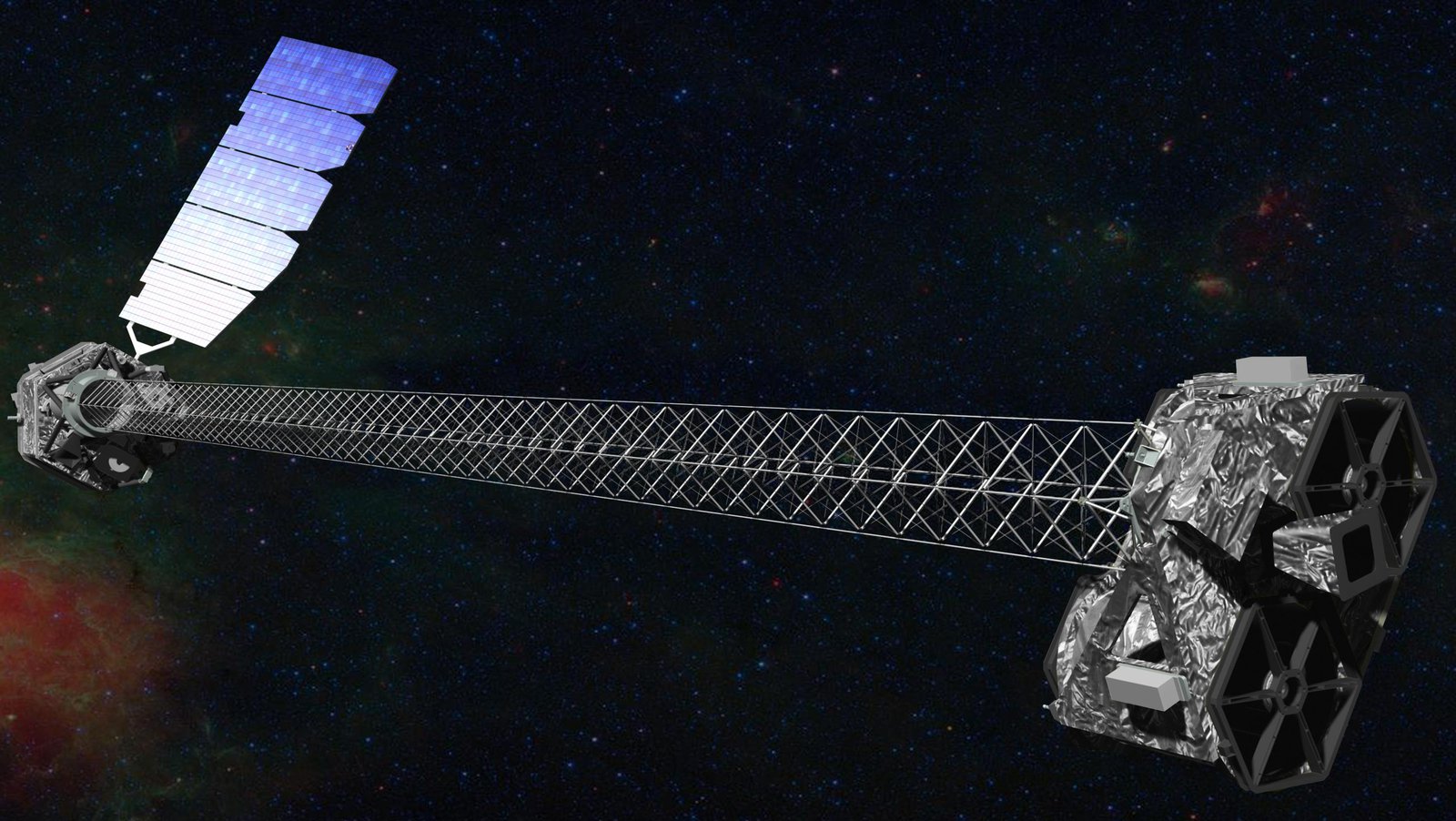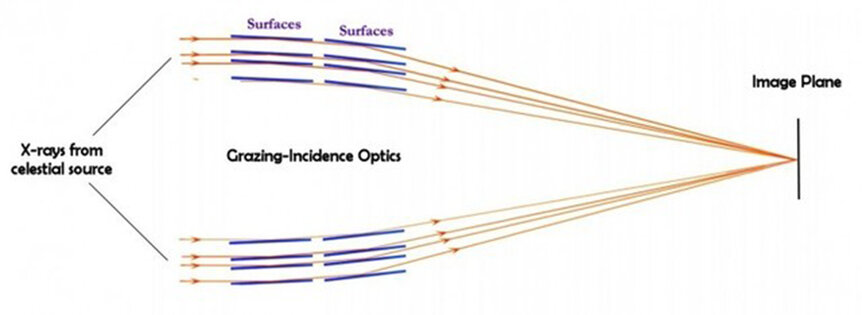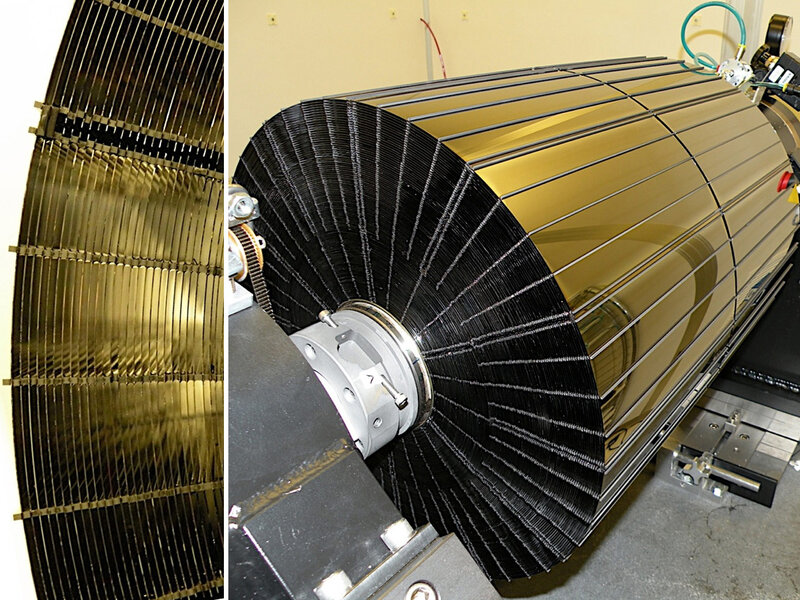Create a free profile to get unlimited access to exclusive videos, sweepstakes, and more!
Scattered X-rays from space: Turning noise into signal
NuSTAR sees X-rays from astronomical objects it's not pointed at, so, bonus.

As someone who has spent hundreds if not thousands of hours at the eyepiece of a telescope, I can tell you that stray light is an irritant. A nearby streetlight, or a car passing by, or even the Moon can send light into your eye, making it hard to see whatever faint fuzzy it is you’re trying to spot.
Professional observatories have domes or other structures to help block stray light. Even telescopes in space use tubes or enclosures or other ways of blocking stray light from entering the optics and ruining your observations.
Usually. Sometimes that stray light itself is coming from interesting objects. One person’s poison is another person’s food: Instead of thinking of that extra light as noise, it can be beneficial to think of it as signal. A team of astronomers has done just that with one particular observatory, turning a lump of coal into a diamond of science.
The Nuclear Spectroscopic Telescope Array, or NuSTAR, is a space telescopes designed to see high-energy X-rays from astronomical sources. X-rays are a bit of a pain. Unlike optical light, which can be reflected by a mirror or focused using a lens, X-rays are like little bullets, and pass right through such devices — that’s one reason they’re so useful medically, in fact.
Instead of trying to reflect them, many X-ray telescopes instead try to gently guide them into focus. The Chandra X-ray Telescope, XMM-Newton, and NuSTAR all use a similar idea. If an X-ray photon hits a sheet of metal at a very low angle it can skip off like a rock skipping off water if thrown just right. If you then have another piece of metal further down that’s bent up a bit, the photon will skip off that one. Do this again and again and you eventually have what’s essentially a funnel, guiding the X-ray photons to a focus at your detector. This is called a grazing-incidence system.
And why just use a sheet of metal? Shape it into a cylinder and all the photons coming from the same direction in the sky all get sent to one focus. And you can make a similarly shaped but smaller cylinder and put it inside that first one, and another smaller one inside that, and so on.
X-ray telescopes are basically Matroyshka dolls — Russian nesting dolls — except with mirrors instead of your babushka. The problem with this is that you need a lot of distance to focus the X-rays. NuSTAR overcomes this by using an expanding accordion-like mast that deployed after launch, moving the optics about 10 meters (!!) away from the detectors, giving the X-rays the number of skips they need to hit the detectors at the same spot.
Another problem, though, is that it’s hard to block stray X-ray photons from coming in from the side and directly hitting the detectors, bypassing the optics. There’s a ring around the target about 1-4° wide where that can happen with NuSTAR. If a bright source is in that annulus it’s like shining a light down the telescope. Annoying.
But also in come circumstances useful! Astronomers are a frugal bunch — we don’t get a lot of individual X-rays from a given source, and sometimes have to take exposures that are weeks long — and every X-ray is sacred, every X-ray is great. If an X-ray is wasted, astronomers get quite irate.
The stray light getting into NuSTAR is pretty well characterized, and that gave astronomers an idea: They formed a catalog called StrayCats [link to paper] — clever — of astronomical targets that were seen by NuSTAR when it was looking at something else. They looked at 1,400 individual observations that yielded a catalog of 436 fields which contained 78 identifiable stray light sources: Basically, free observations of interesting astronomical sources.
These include such powerhouses as:
X-ray binaries: A “normal” star like the Sun orbiting a compact object like a white dwarf, neutron star, or black hole, which draws material off the star and heats it to X-ray-emitting temperatures. These can be persistent or sometimes blast out fierce amounts of energy in an outburst.
Pulsars: Rapidly rotating superdense neutron stars that send out beams of X-ray light that sweep over Earth like the beams from a lighthouse, causing a blip of pulse of energy to be seen.
Type I X-ray bursters: Powerful thermonuclear explosions that occur when a neutron star pulls matter off a normal binary companion star and furiously fuses that material like a bomb.
Clearly, these are very cool things we should be looking at. But that can take days or weeks of observations, and here we have these photons generously donated to us by NuSTAR pretty much by accident.
Something like this has been done before; XMM-Newton detects photons all the time, even when it’s moving from one target to another — a process called slewing — and as it passes over the same parts of the sky over and over those X-rays can be catalogued and used to build up a picture of objects. This is called a slew survey.
This is all very cool, but I think even the astronomers who made StrayCats would admit that these photons still muck up the intended observations. Future observatories will no doubt have shielding to prevent this sort of thing. It can be tough since that shielding can be heavy, or difficult to deploy, or just really expensive to make. But we learn as we go, and no doubt this situation will change in the future.
And in the meantime why not make use of light you didn’t ask for yet still receive? The Universe is always on, and if it’s going to toss a few thousand X-rays our way, we might as well make use of them.




























